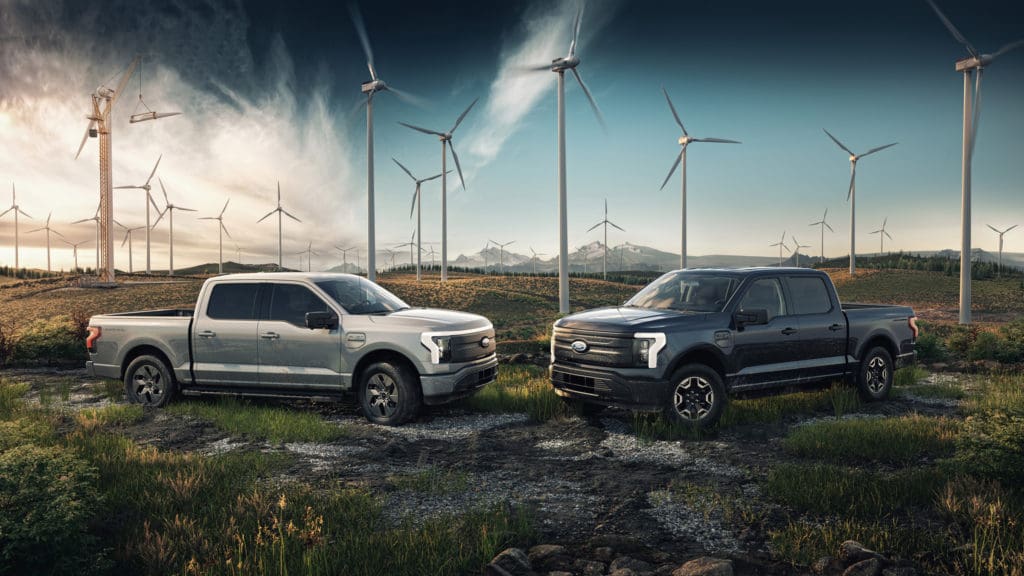
I’ve been heartened by a flurry of articles recently calling attention to the role that transportation has played in accelerating – and potentially mitigating – climate change. The coverage aligns with surging media interest in this vital topic amid nonstop coverage. A spate of weather events that have scorched, flooded, and blown communities to bits. Increasingly shrill warnings from scientists about the diminishing window of opportunity to forestall the most disastrous climate consequences. And mercifully, a public that is increasingly tuned in to the problem.
That transportation in particular would be the subject of scrutiny makes sense given its outsized share of responsibility for the situation in which we now find ourselves. In order to reach net zero emissions by 2050 at the latest, we’ll have to dramatically overhaul the sector that, in the U.S., is responsible for belching out more emissions — an estimated 29 percent in 2019 — each year than any other .
But something stands out to me in many of the accounts that splash across my screens each day: the emphasis on technological change as the singular key to our survival.

It is widely agreed that the rapid electrification of society, coupled with a switch to clean, renewable energy, is paramount to keeping warming within the target threshold. But as we rush to build electric cars, trucks, Hummers, and trams that can run on hydrogen, it seems to me that something is lost in the mix. It’s an idea perhaps so simple it gets overlooked: reducing our reliance on such vehicles in the first place and, in doing so, increasing walkability.
Where’s Walkability In All This Progress?
An article in the New York Times this month presented the efforts underway in some cities to electrify mass transit — a valiant goal, to be certain. Even so, in an article ostensibly about urban transportation, the environment, and reducing space for cars — the piece was subheadlined “urban transportation is central to the effort to slow climate change” — I counted just one time the word walking, that most basic of urban transportation typologies, made a cameo. “Walkability” didn’t even make the cut.
Those of us who advocate for active transportation talk a lot about changing our communities. We talk about our goal to build spaces where the car is no longer an essential mechanism of existence. This goal seems lofty to many; the automobile often feels absolutely essential to life, in spite of the fact that it has only been a feature for a tiny blip in human history. This effort is additionally challenged in this country by the existing policies; the past several generations have created a single path of dependence and a cultural paradigm that make it difficult to pry Americans’ fingers from their steering wheels.
But culture can change, and relatively quickly. Remember smoking sections on airplanes?
So let’s move forward with the massive electrification and renewable energy project — and let’s also pay attention to our sprawling, car-centric landscape. Let’s tune into the policies that can help to repair it by promoting infill development, a mix of land uses, and infrastructure that makes it more viable and appealing to travel safely outside of a car. Environmentalists, active transportation advocates, and policy makers alike need to recognize that policies that support active transportation are an important part of the push for a zero-carbon future, though we have tended to neglect this connection.
I’m thrilled as I watch the occasional Sunday football game with my family and to see the way the car companies are racing to distance themselves from the internal combustion engine. I’m glad that my mother-in-law recently traded in her gas-guzzling SUV for a plug-in variety that my husband and I helped pick out.
I just wish she had the option of leaving it at home more often.
We at America Walks want to do a better job of making walkability part of the climate discussion. Stay tuned for much more on this topic. This article was written by Emilie Bahr, a Walking College Specialist at America Walks.